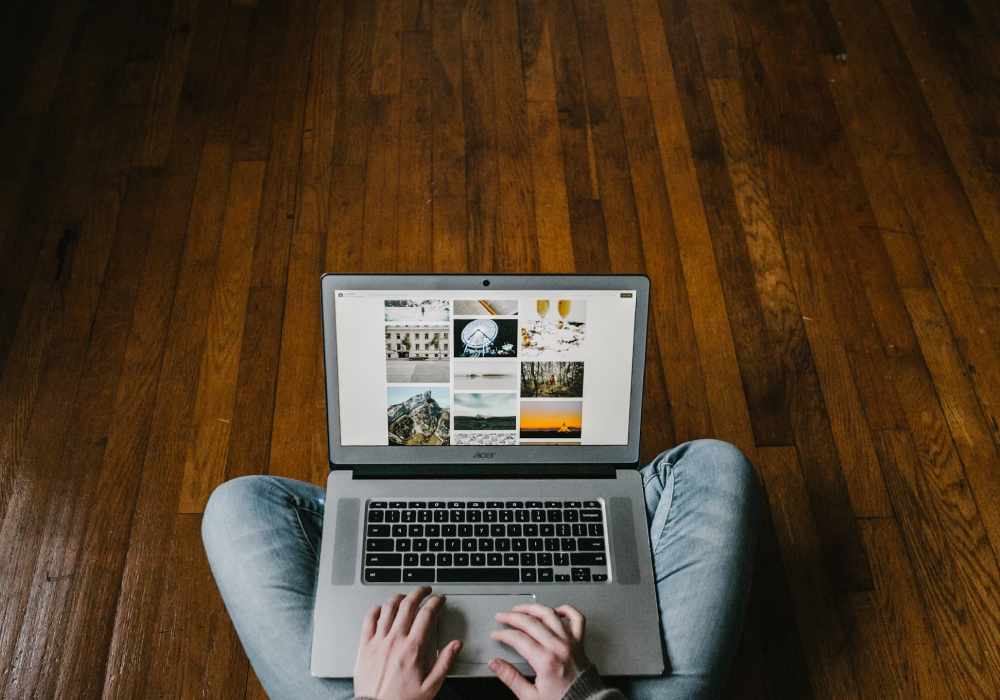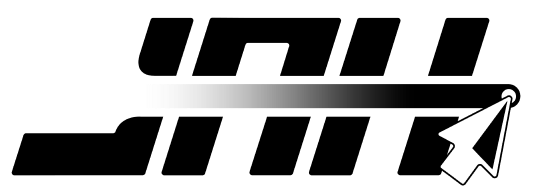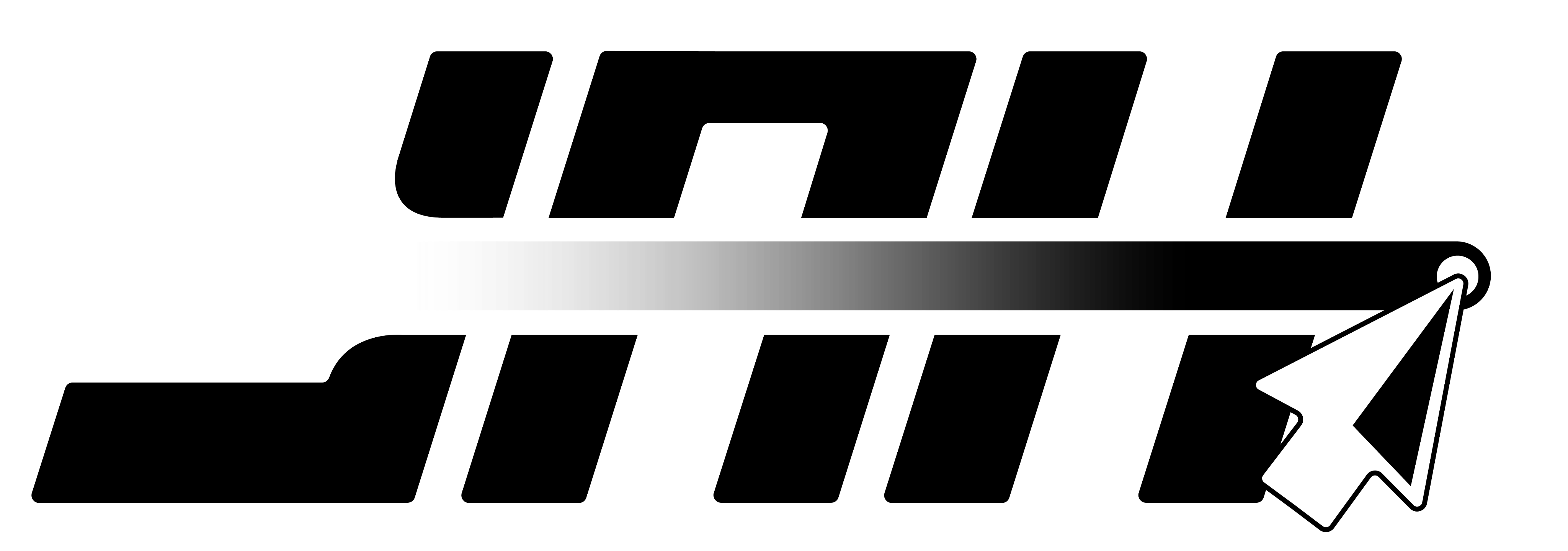Product design is an important part of bringing new ideas to life and generating successful goods that fulfill the needs and expectations of consumers. It requires a methodical approach to designing, planning, and developing a new product that provides the best user experience, functionality, and elegance. In this comprehensive guide, we will look into the complexities of the product design process, including its stages, processes, and best practices.
The Importance of Product Design
In today’s highly competitive market, product design is important to define whether a product will succeed or fail. Well-designed products not only serve their intended purpose, but they also connect with users on an expressive level. They are simple, attractive, and offer a smooth user experience. Effective product design can set a company separately, increase consumer satisfaction, and ultimately drive sales and growth.
What are the steps of the design process?
The product design process is a planned technique that includes several stages, each of which builds on the preceding one. While specifics may differ depending on the sector, product, and organization, the overall framework is consistent. Here are the main product design process steps:
Ideation and Research
- Identify customer needs, discomfort ideas, and market opportunities
- Conduct user research through surveys, interviews, and observations
- Generate product design ideas through suggesting sessions and ideation techniques
- Analyze existing solutions and competitors in the market
Concept Development
- Improve and prioritize ideas based on feasibility, desirability, and viability
- Create rough sketches, wireframes, and low-fidelity prototypes
- Test and validate concepts with target users and stakeholders
- Repeat and refine the concept based on feedback
Design and Prototyping
- Develop detailed designs, specifications, and high-fidelity prototypes
- Incorporate user experience (UX) and user interface (UI) principles
- Consider ergonomics, accessibility, and sustainability factors
- Create physical or digital prototypes for testing and modification
Testing and Repetition
- Conduct usability testing with representative users
- Gather feedback on functionality, usability, and aesthetics
- Analyze test results and identify areas for improvement
- Repeat and improve the design based on user feedback
Production and Launch
- Finalize the product design and prepare for product development process
- Collaborate with engineers, manufacturers, and suppliers
- Develop marketing and launch strategies
- Prepare for post-launch support, updates, and improvements
Design processes and approaches can be used throughout the product design process to ensure that the design is user-friendly and effective. Some of the repeatedly applied approaches are:
Human-Centered Design (HCD)
- A design approach that focuses on understanding and addressing the needs, behaviors, and contexts of the end-users.
- Product design involves iterative cycles of research, ideation, prototyping, and testing with users.
Design Thinking
- A problem-solving structure that emphasizes empathy, ideation, prototyping, and testing.
- Encourages collaboration, creativity, and a solution-oriented mindset.
Lean Design
- An iterative approach that emphasizes rapid prototyping, testing, and continuous improvement.
- Focuses on delivering a minimum viable product (MVP) and gathering user feedback early.
Inclusive Design
- A design approach that considers the diverse needs and abilities of all potential users.
- Ensures accessibility, usability, and equal experience for users with disabilities or unique requirements.
Sustainable Design
- A design approach that considers the environmental impact of a product and design throughout its lifecycle.
- Focuses on reducing waste, conserving resources, and promoting sustainability.
Collaboration & Teamwork
Product design is a team attempt that includes designers, Product Design Engineer, marketers, and end users. Effective communication and teamwork are required for a smooth and successful design process. Cross-functional teams, regular check-ins, and open communication channels can promote collaboration and align all participants around a similar purpose.

FAQs
What is the difference between product design and industrial design?
Product design refers to the complete and final process of creating, planning, and developing a product, including its functionality, user experience, and aesthetics design. In contrast, the industrial design process focuses on a product’s physical shape, appropriate, and visual appeal.
What is the first step of the design process?
The first step of the design process is usually identifying the problem or directions to design.
How long does the product design process typically take?
The duration of the product design process is considerably based on the complexity of the product design, the size of the team, and the number of repetitions required. Simple items may take a few weeks or months to design and develop, whereas sophisticated products may require a year or more.
What are the key skills required for a successful product designer?
Successful product designers have a combination of technical skills, such as knowledge of design software and prototype tools, and soft skills, such as creativity, problem-solving abilities, empathy, and communication skills.
How important is user testing in the product design process?
User testing is important to the product design process. It enables designers to get useful input from real users, discover usability concerns, and make educated design modifications. Regular user testing throughout the process of designing ensures that the final product fulfills user needs and expectations.
What is the role of prototyping in the product design process?
Prototyping is one of the most important steps of the product design process. It enables designers to build concrete representations of their ideas and concepts, hence easing user testing, refinement, and repetition. Prototypes can be anything from low-fidelity sketches and wireframes to high-fidelity, fully functional models.
How does product design contribute to a company’s success?
Effective product design may help a company succeed by developing quality products that match client needs, create a better user experience, and set the brand apart from competitors. Well-designed products can improve consumer satisfaction, increase sales, and encourage brand loyalty.
What are some common challenges faced in the product design process?
Balancing user goals with technical restrictions, reconciling conflicting stakeholder expectations, managing scope creep, keeping to timetables and budgets, and ensuring accessibility and inclusion are all common issues in the product design process.
How does sustainability factor into the product design process?
Sustainability is becoming a more essential element in the product design process. Designers struggle to produce goods with minimal environmental impact by eliminating waste, conserving resources, and encouraging recyclability or reusability. Sustainable design concepts take into account the full product lifecycle, from raw material procurement to end-of-life disposal.
What are the 6 stages of product design?
The stages of product design usually include:
- Research
- Ideation
- Concept Development
- Prototyping
- Testing
- Filtration
Conclusion
The product design process is a detailed and iterative method for developing effective products that match customer goals, create great experiences, and drive business growth. Product designers can negotiate the difficulties of design by following an efficient approach, utilizing user-centric methodologies, and encouraging participant involvement. Continuous improvement, adapting to changing market demands, and a commitment to maintainable practices are crucial for sustaining a competitive advantage in the ever-changing product marketplace.



